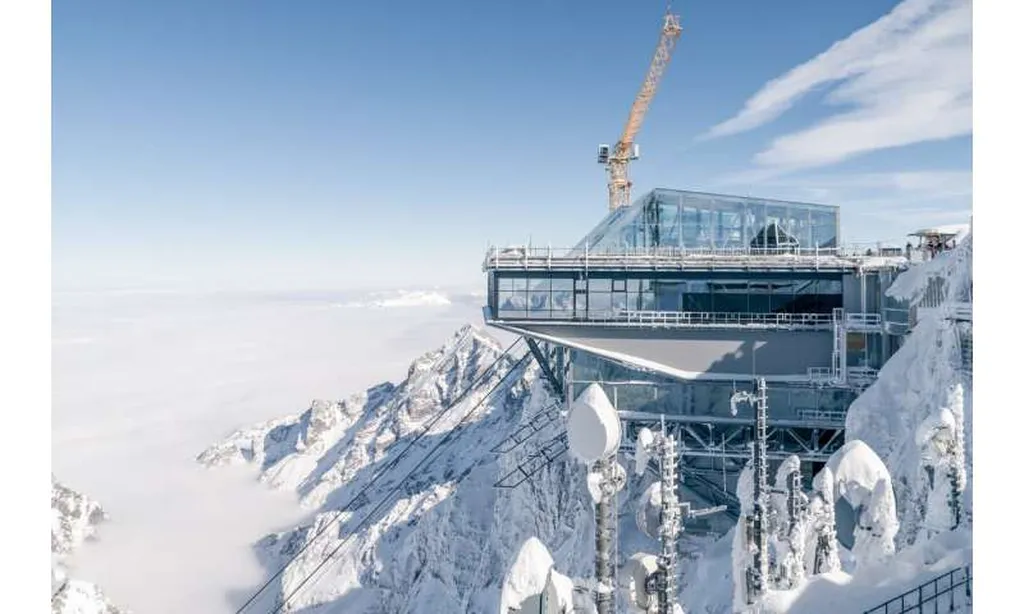In the ever-evolving world of construction materials, a groundbreaking study led by Irina V. Erofeeva from the National Research Moscow State University of Civil Engineering has shed new light on the potential of next-generation concrete. Published in the journal ‘Нанотехнологии в строительстве’ (translated to English as ‘Nanotechnologies in Construction’), the research delves into the physical and mechanical properties of cement stone and powder-activated concrete, offering promising insights for the energy sector and beyond.
The study, titled “The strength and deformability of cement stone and powder-activated concrete. Part I,” explores how various factors influence the strength and durability of modern concrete. “We considered the water/cement ratio, the presence of a carboxylate superplasticizer, and a modifying additive as structure-forming factors for cement stone,” Erofeeva explains. For concrete, the team examined the impact of the water/cement ratio, modifying additive, superplasticizer, finely dispersed filler, rheological fillers, and reactive fillers.
The findings are nothing short of transformative. The research established a direct relationship between the density of cement stone and powder-activated concrete with porosity and strength indicators under both static and dynamic loads. “The rational compositions of the developed composites are characterized by a set of improved physical and mechanical properties,” Erofeeva notes.
One of the most significant discoveries was the impact of finely dispersed fillers on sand concrete. The addition of these fillers led to a substantial increase in compressive, flexural, and tensile strength, ranging from 1.62 to 2.55 times. This enhancement is attributed to a denser packing of quartz filler, which increases the density of the samples by 9.5%, along with the plasticizing effect of microquartz and the high activity of microsilica.
The study also delved into the dynamic strength of cement composites. Plasticized highly filled compositions of the new generation demonstrated impressive values of maximum contact force, contact duration, and impulse magnitude. “The composite containing microquartz, quartz filler, fine aggregate, and Melflux 1641F superplasticizer has a maximum contact force of 4.530 N, compared to a similar value of 2.073 N for a cement stone composition made from normal consistency paste,” Erofeeva reveals. The contact duration and impact impulse magnitude were approximately twice as high, and the addition of microsilica further enhanced these properties.
The implications of this research for the energy sector are profound. As buildings and structures become more complex and subject to greater loads, the need for stronger, more durable materials becomes paramount. The development of powder-activated concrete and the optimization of cement stone compositions could lead to more resilient infrastructure, reducing maintenance costs and enhancing safety.
Moreover, the use of nanohydrosilicate technologies and finely dispersed fillers could pave the way for more sustainable construction practices. By improving the strength and durability of concrete, these innovations could reduce the need for frequent repairs and replacements, ultimately lowering the environmental impact of construction projects.
As the construction industry continues to evolve, the insights provided by Erofeeva and her team could shape the future of building materials. The research not only highlights the potential of next-generation concrete but also underscores the importance of ongoing innovation in the field. With these advancements, the energy sector and other industries can look forward to more robust, efficient, and sustainable construction solutions.

